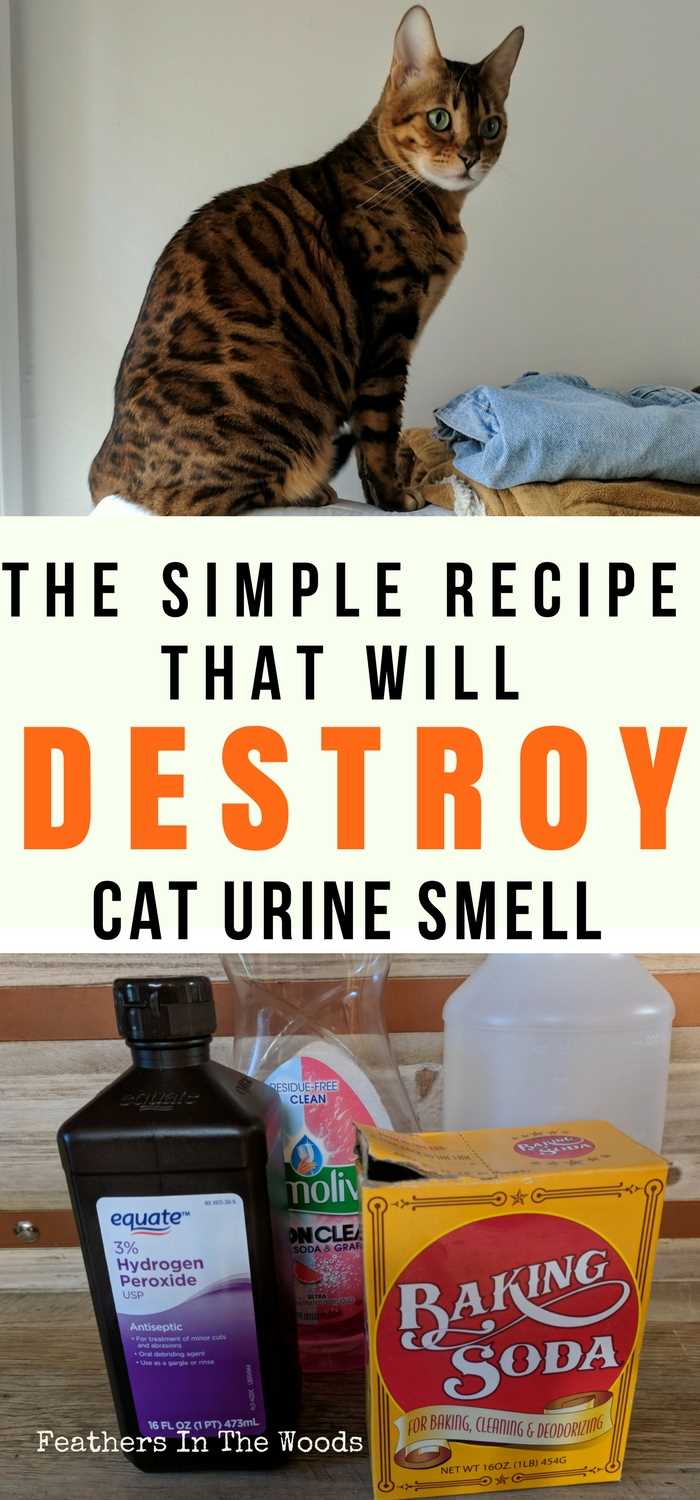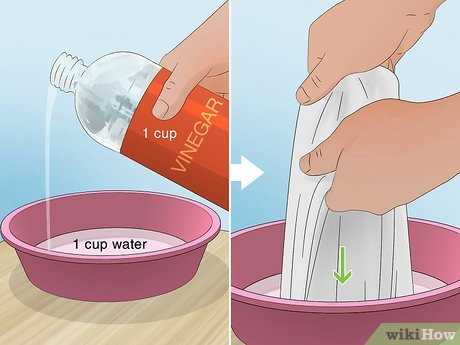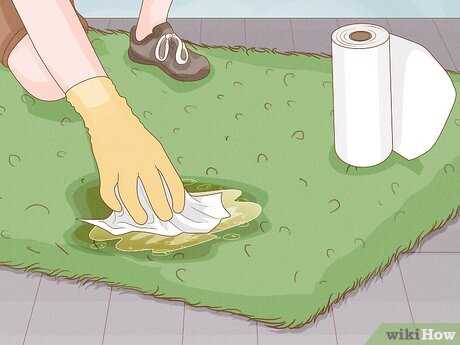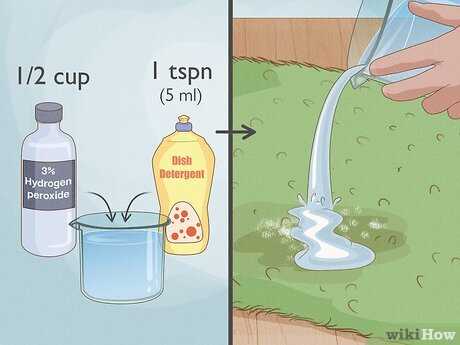First, soak the affected fabric in a solution of white vinegar and water, using a 1:1 ratio. This helps neutralize the odor effectively. Leave it for about 30 minutes before proceeding to the next step.
Next, wash the fabric in the hottest water safe for the material, adding a cup of baking soda to the detergent. Baking soda works wonders in eliminating persistent odors while refreshing the fibers.
After the wash, air-dry the fabric outdoors if possible. Sunlight acts as a natural deodorizer and helps to further remove any lingering scent. If the odor remains, repeat the soaking and washing process until the fabric is fresh again.
Identify the Extent of the Odor Issue
First, check for visible stains. Look closely at the fabric to see if there are any discolorations. This helps determine if the problem is just a surface issue or more deep-seated.
Next, perform a sniff test. Approach the towels and take a whiff to assess the intensity of the odor. If it’s strong, it indicates a significant problem that requires immediate action.
Consider the age of the towels. Older fabrics may retain odors more than newer ones. If these towels have been subjected to mishaps multiple times, the odor might be entrenched.
Evaluate the washing history of the towels. If they’ve been washed with traditional detergent and not treated for odor, they may need extra care to eliminate lingering scents.
Lastly, consult resources like how to keep fish tank clean without changing water for insights that can apply to maintaining freshness in various fabrics. This can guide my approach to tackling stubborn scents effectively.
Pre-treating towels before washing
To effectively manage the residual scent in fabric items, pre-treatment is crucial. Begin by soaking the affected fabrics in a mixture of cold water and white vinegar. Use a ratio of 1 part vinegar to 3 parts water, ensuring that the towels are fully submerged. Let them soak for at least 30 minutes, allowing the vinegar to neutralize odors.
Alternative Solutions
- Enzyme-based cleaners: Apply an enzyme cleaner directly to the stained area. These products break down organic materials, helping eliminate unpleasant odors.
- Baking soda paste: Mix baking soda with a small amount of water to create a paste. Rub this on the affected spots and let it sit for 15-30 minutes before washing.
- Hydrogen peroxide: For stubborn odors, consider a solution of 3% hydrogen peroxide. Apply it carefully to the stained areas, but test on a small, inconspicuous area first.
Final Steps

After pre-treating, wash the items in the hottest water safe for the fabric, using a strong detergent. Adding an extra rinse cycle can ensure all residues are removed. For ongoing prevention, consider using the best kitty litter for long haired cats to minimize incidents in the future.
Choosing the right cleaning agents
For effective removal of unwanted odors, select enzymatic cleaners specifically designed for pet-related issues. These products break down odor-causing substances at a molecular level, providing a thorough clean.
Look for formulations that are non-toxic and safe for both fabric and your household. Avoid harsh chemicals, as they may damage fibers or leave lingering scents.
White vinegar acts as a natural deodorizer and can be used as a pre-soak agent. Mixing equal parts vinegar and water enhances its effectiveness when treating lingering odors.
Baking soda is another excellent choice. Sprinkling it on affected areas before washing absorbs odors and can be added directly to the laundry cycle for an extra boost.
Always test any cleaning agent on a small, inconspicuous area before applying it to the entire fabric, ensuring it won’t cause discoloration or damage.
Washing Techniques for Odor Elimination

Using a combination of hot water and vinegar is beneficial. Fill the washing machine with hot water and add two cups of white vinegar. This solution helps neutralize unpleasant scents effectively. After the cycle, run a second wash with your regular detergent to ensure cleanliness.
Incorporating Baking Soda

Adding half a cup of baking soda during the wash cycle enhances deodorization. It works well alongside detergent, boosting the cleaning power and helping to eliminate lingering odors. Ensure that the baking soda is well distributed in the water for optimal results.
Extra Rinse Cycle
After the washing process, an additional rinse cycle can remove any remaining residues. This step is crucial in preventing any residual odor from coming back. Adjust the washing machine settings to include a second rinse for thorough cleansing.
Drying methods to eliminate lingering odors
Using sunlight is a fantastic way to remove unwanted scents. Hang your freshly washed linens outside on a sunny day. The ultraviolet rays help break down odor-causing compounds, while fresh air circulates through the fabric, leaving them smelling fresh.
If outdoor drying isn’t an option, utilize a dryer on a high heat setting. Make sure to include dryer balls to enhance air circulation and prevent clumping. The heat can help eliminate any remaining odor particles trapped in the fibers.
Another effective technique involves using baking soda. After washing, sprinkle a thin layer of baking soda on the damp fabric before drying. This natural deodorizer absorbs lingering odors and can be vacuumed off after drying.
For persistent scents, consider using a fabric freshener spray before drying. Choose one that neutralizes odors rather than just masking them. Lightly mist the fabric and allow it to dry completely.
Lastly, ensure the drying area is well-ventilated. A fan can help circulate air and speed up the drying process, reducing the chance of any residual smells sticking around.
Preventing Future Accidents and Odors

To stop mishaps before they happen, provide a designated area for bathroom breaks. Use litter boxes that are easily accessible and clean them daily. This helps ensure a pleasant experience for both of us.
Consider placing more litter boxes around the house, especially in multi-level homes or areas where I spend a lot of time. A good rule is one box per cat plus one extra.
Monitor my diet closely. Certain foods can affect my bathroom habits. Consult with your vet about the best nutrition to maintain proper health and minimize accidents.
Keep me engaged with toys and climbing structures. Boredom can lead to behavior issues, including inappropriate elimination.
Pay attention to my health. Regular check-ups can catch issues early that might influence my cleanliness. If I start behaving differently, it could signal a problem.
Consider using enzymatic cleaners on any lingering stains or spots. This can help eliminate odors that might attract me back to the same spot.
Finally, use pheromone diffusers around the home. These can create a calming environment that might help reduce stress-related accidents.
| Tip | Description |
|---|---|
| Designated Bathroom Area | Provide easy access to clean litter boxes. |
| Multiple Litter Boxes | Place boxes in convenient locations, especially in larger spaces. |
| Monitor Diet | Consult vet for the best nutrition to maintain health. |
| Engagement | Keep me active and entertained to prevent misbehavior. |
| Health Check-ups | Regular vet visits to monitor my well-being. |
| Use Enzymatic Cleaners | Eliminate odors from previous incidents to deter return visits. |
| Pheromone Diffusers | Create a calming atmosphere to reduce stress-related issues. |









